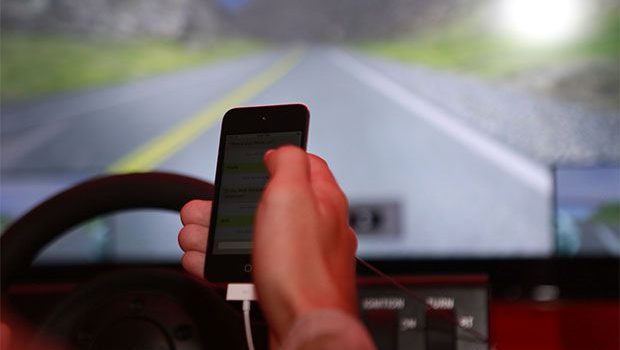The issue of distracted driving is a hot topic among a wide array of special-interest groups. Those who are pro-cell-phone, pro-texting, pro-surfing-while-driving don’t believe their behavior poses a risk, despite numerous studies (and angry motorists giving the single-digit-salute) that indicate otherwise. On the other extreme is the view of the National Transportation Safety Board, which seems to favor a ban of operating any device with the potential of causing driver distraction.
Even Ray La Hood, the Secretary of Transportation who is staunchly against mobile device use behind the wheel, doesn’t fully buy into the NTSB’s recommendations. Now, the National Highway Traffic Safety Administration has proposed some middle ground, issuing a list of guidelines it refers to as “common sense.” As documented by the Detroit Free Press, these guidelines include:
Making vehicle-based communication systems simpler and quicker to use.
Designing devices for one-hand use, that require no more than two seconds of driver attention.
Elimination of unnecessary driver information.
Disabling conventional text messaging systems, internet surfing, social media updating, manual entry of nav system addresses and 10-digit phone number dialing.
The recommendations target driver distractions only, and passenger use of cell phones, tablets, nav systems, etc. isn’t affected by the proposed guidelines.
While most praise the guidelines as a necessary first step, we disagree and don’t think they go far enough. At 60 miles per hour, two seconds of driver inattention translates to 176 feet, and a lot can go wrong in that kind of distance.
At the end of the day, nothing will change regardless of the proposed guidelines. Drivers who want to stay connected behind the wheel will continue to do so, regardless of the safety risks and legal implications. If stepped-up enforcement of distracted driving laws can’t curb the problem, all the recommendations in the world won’t help, either.


